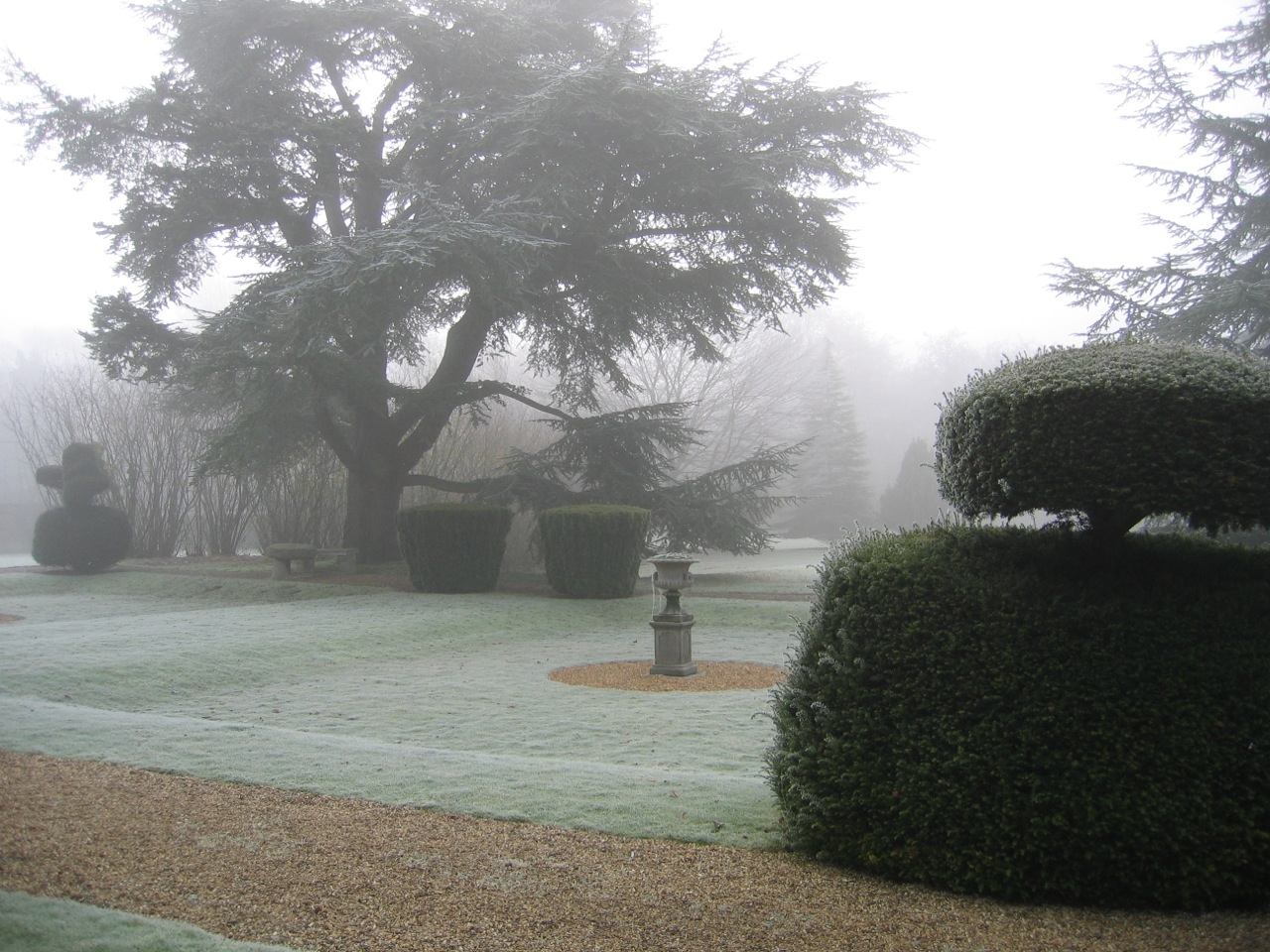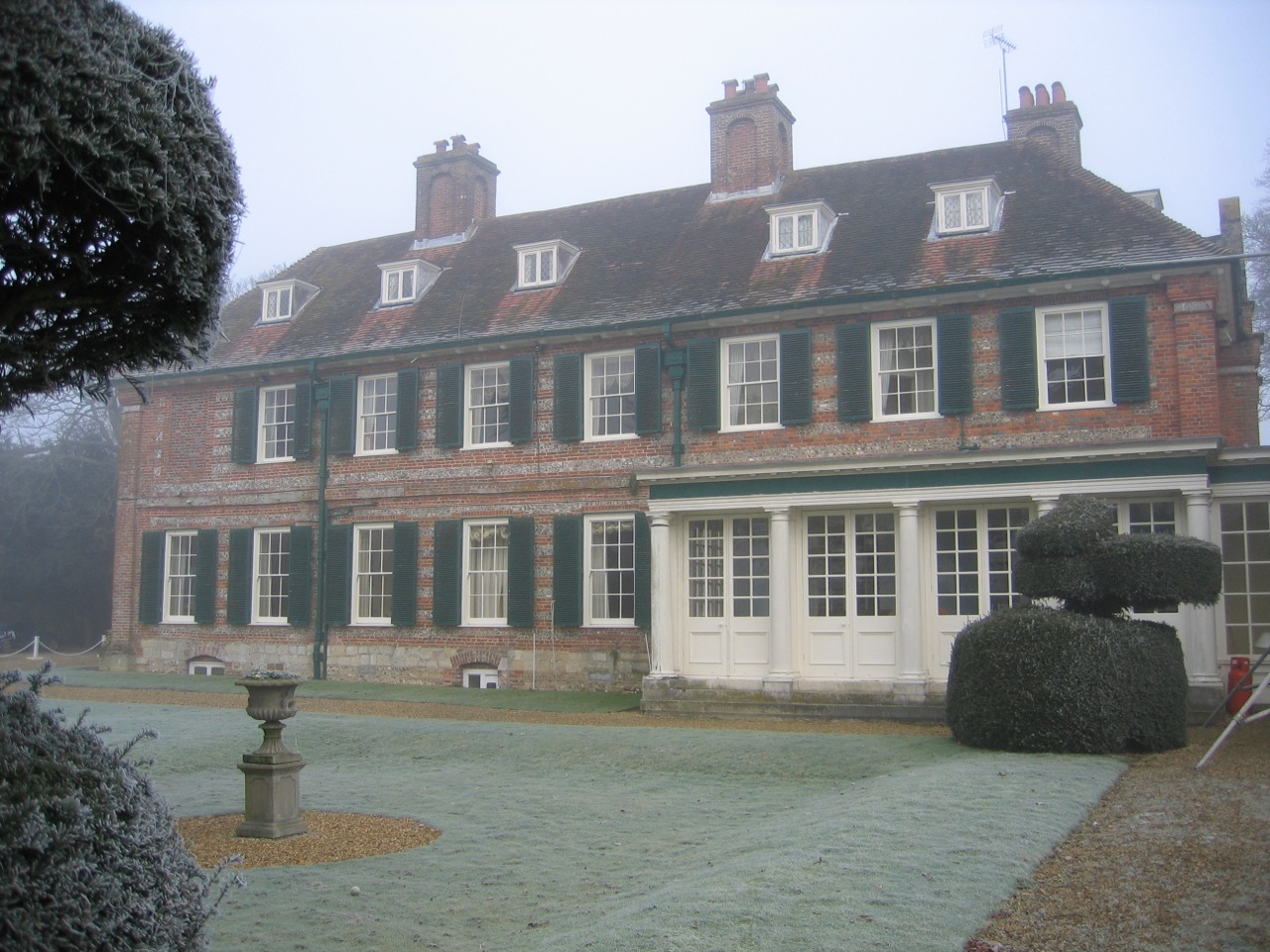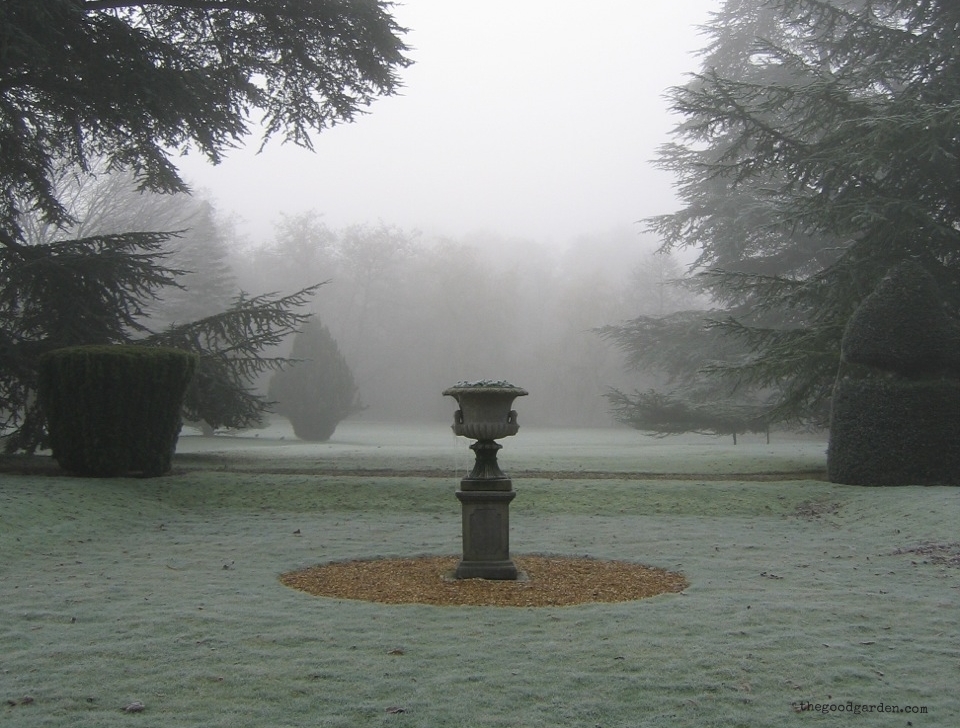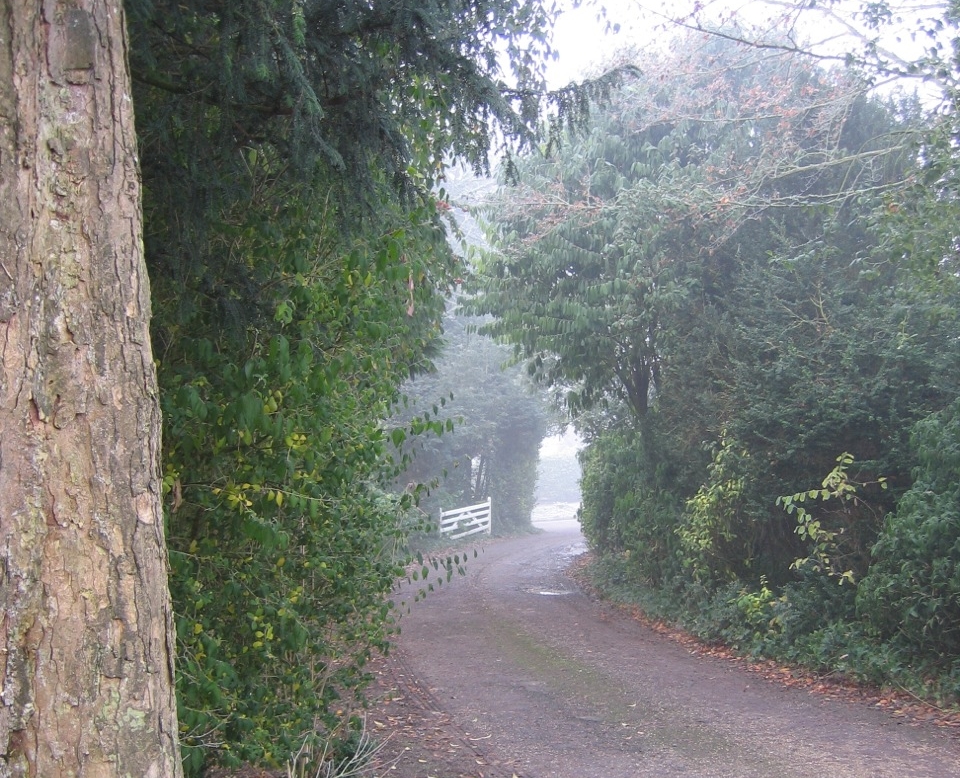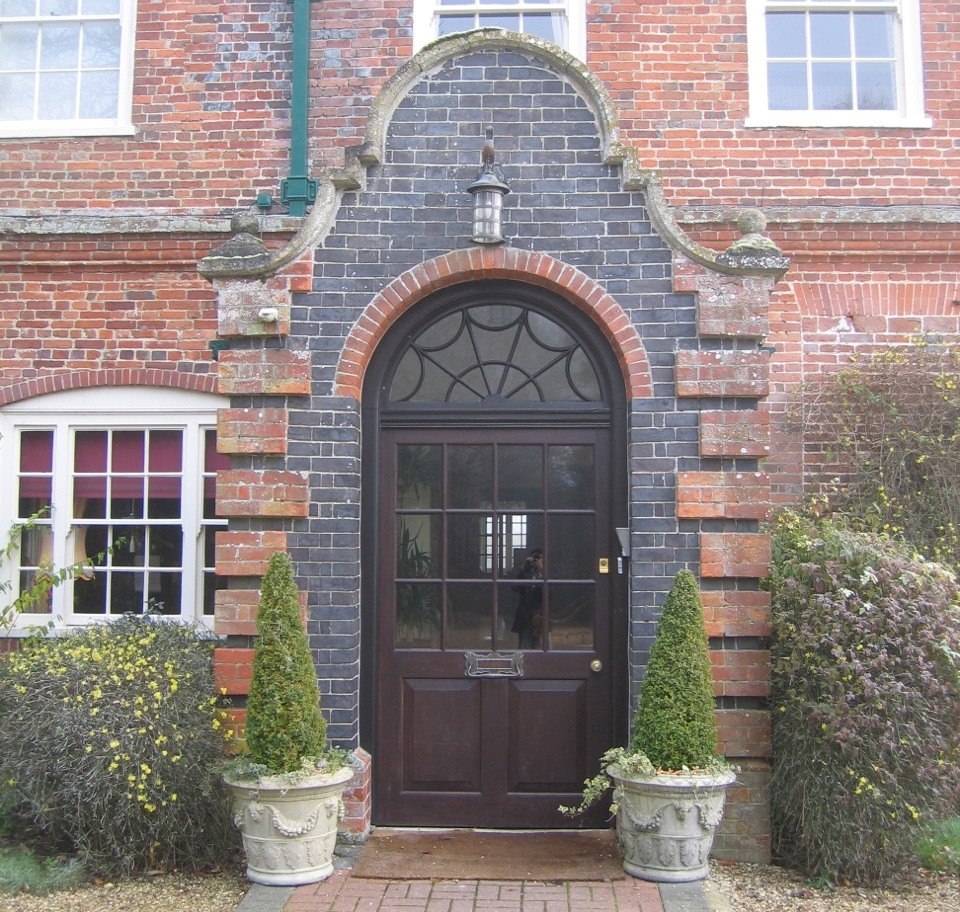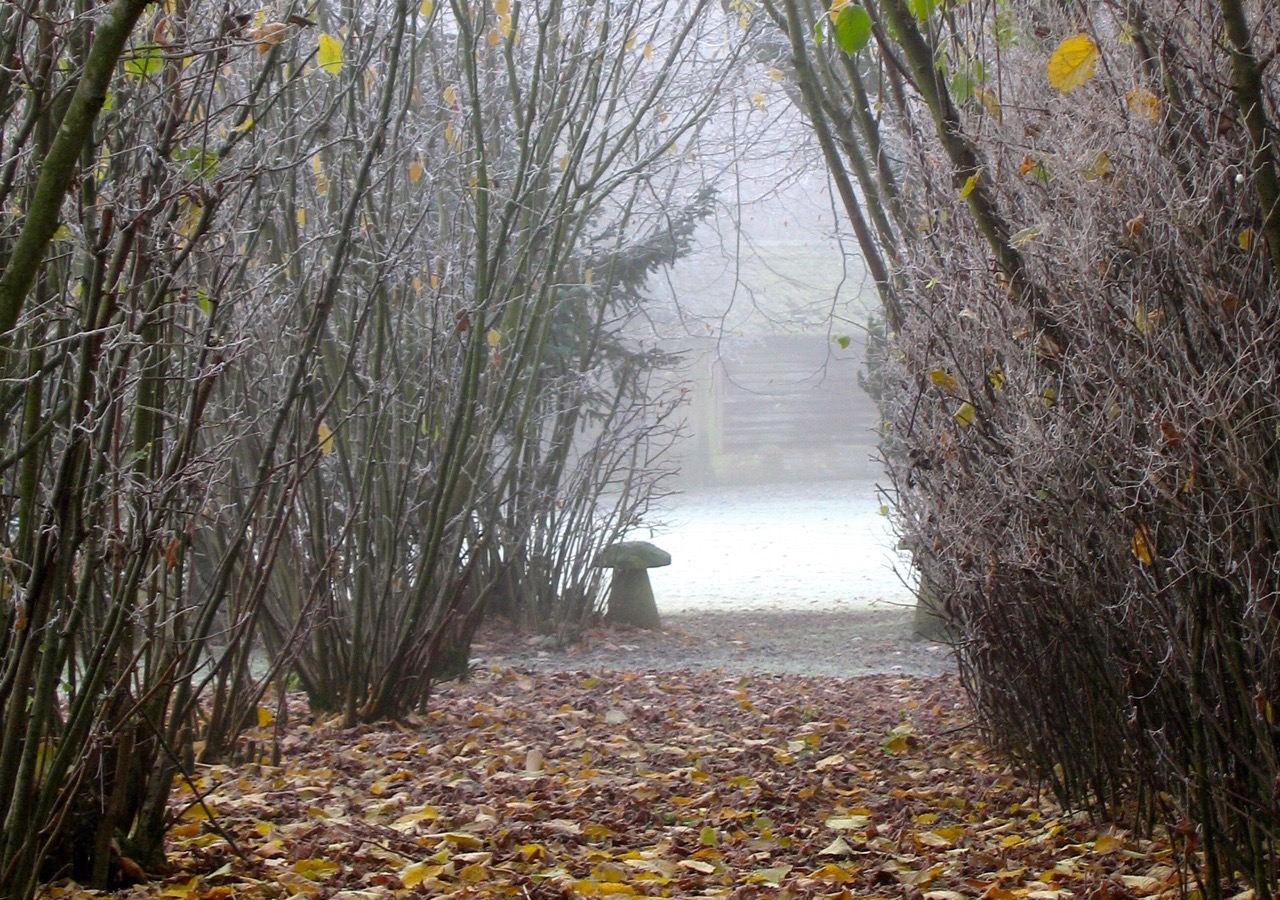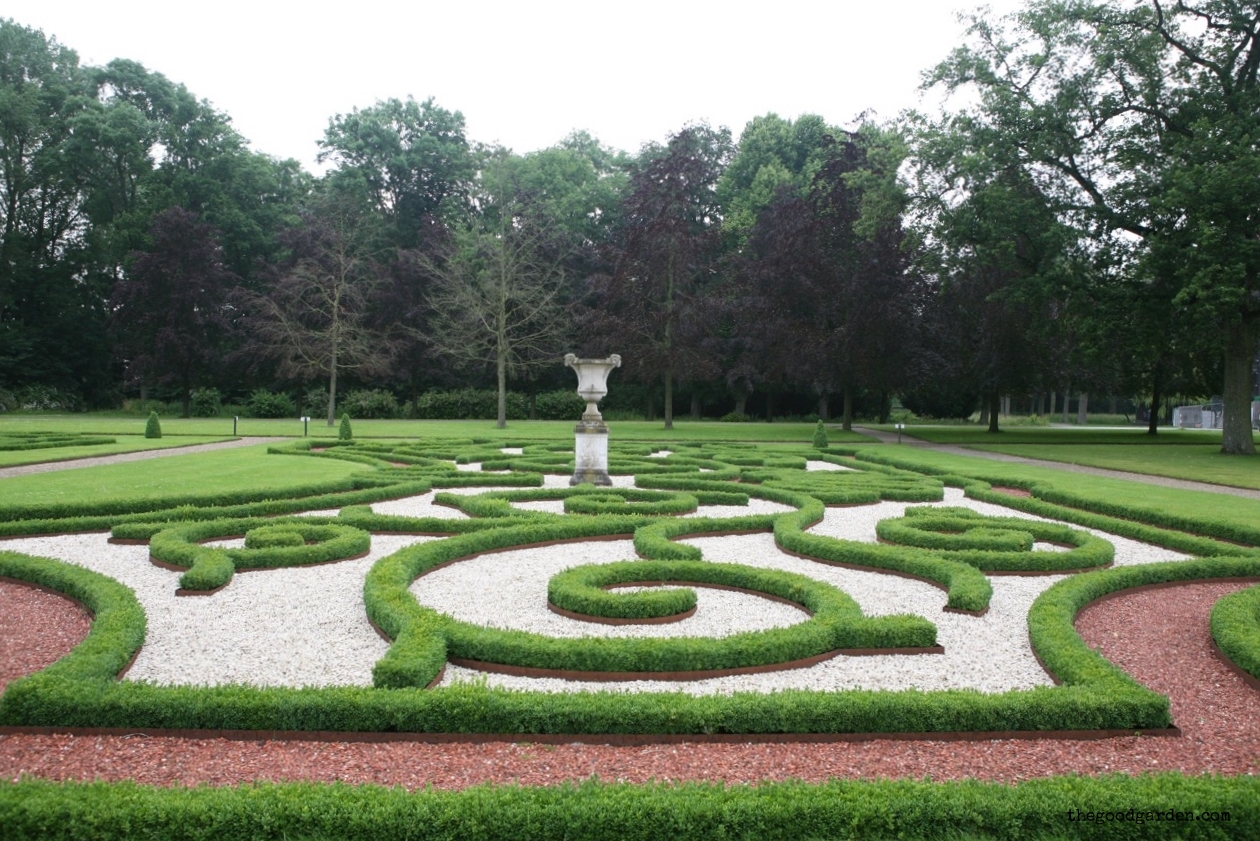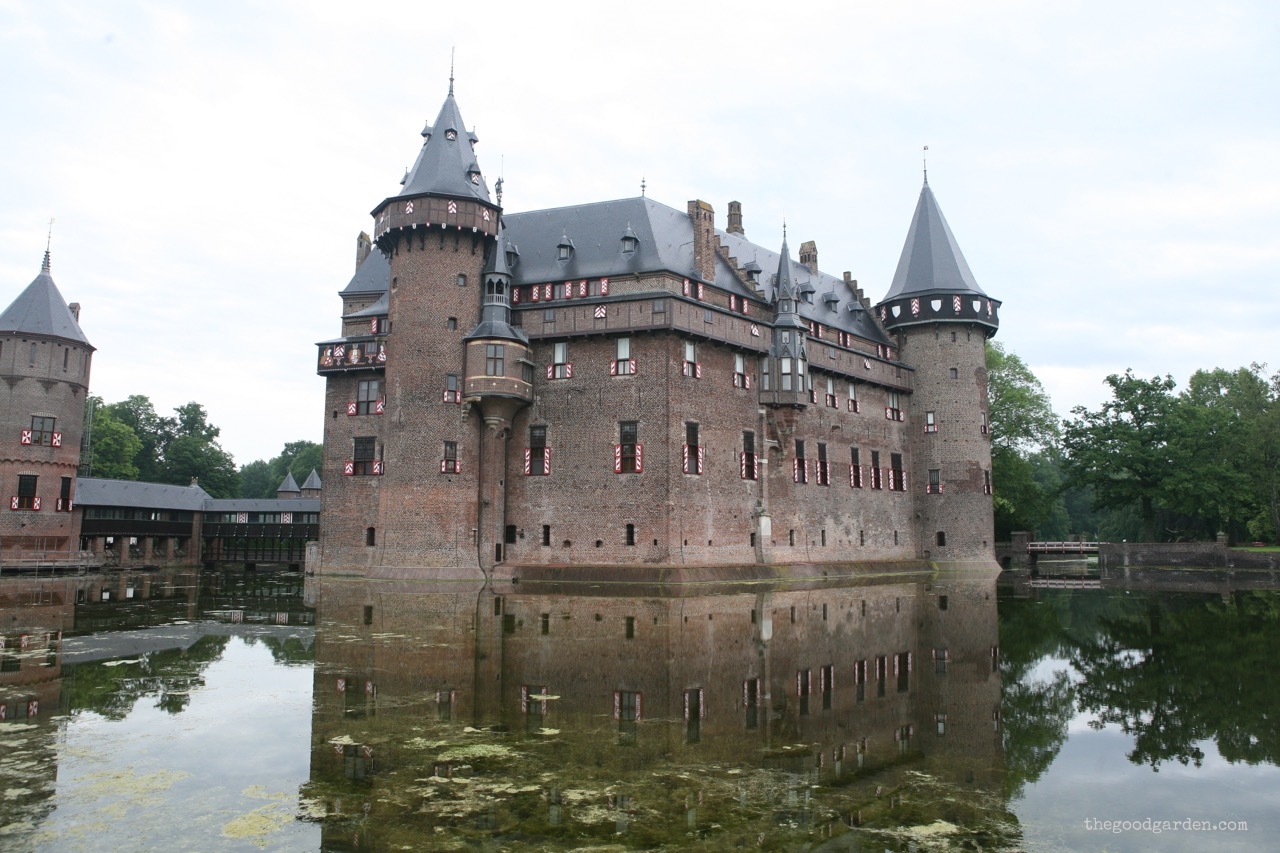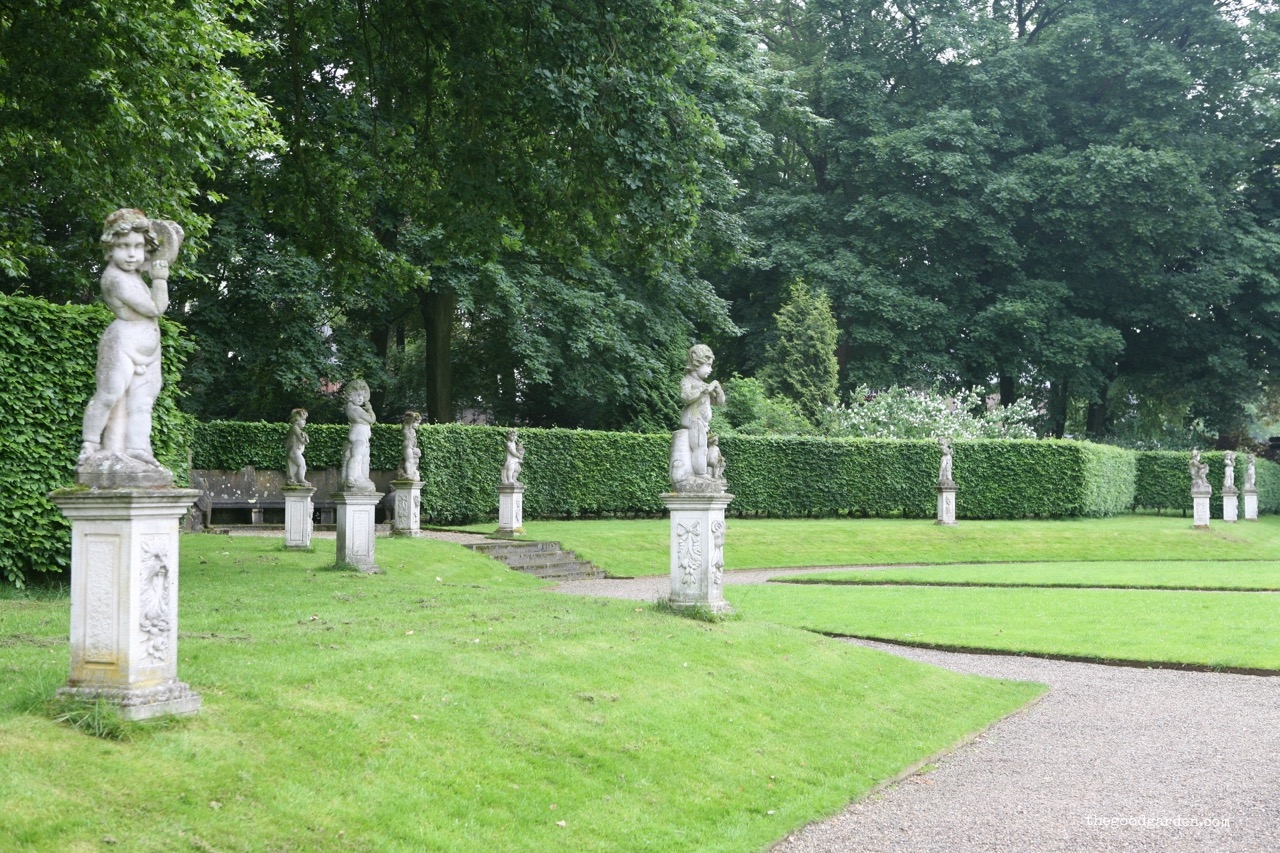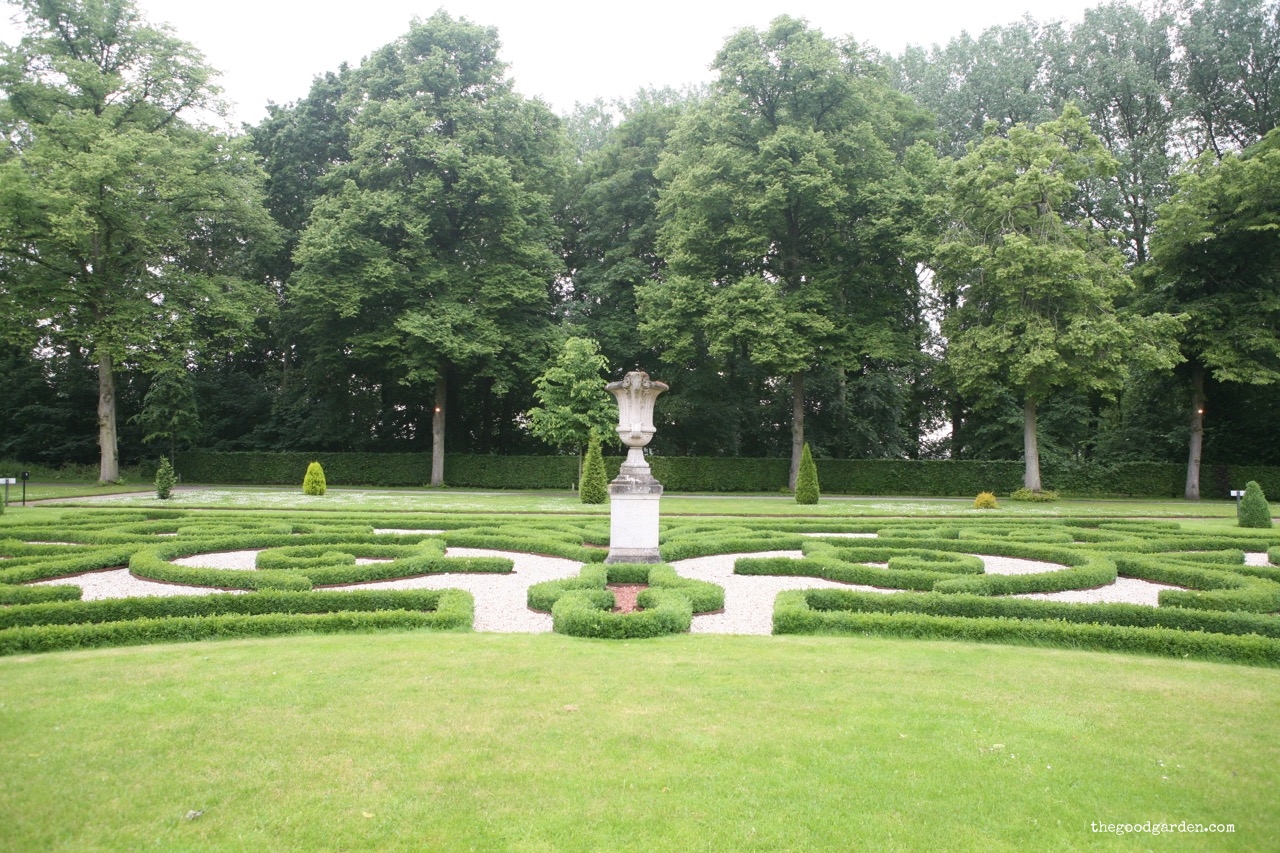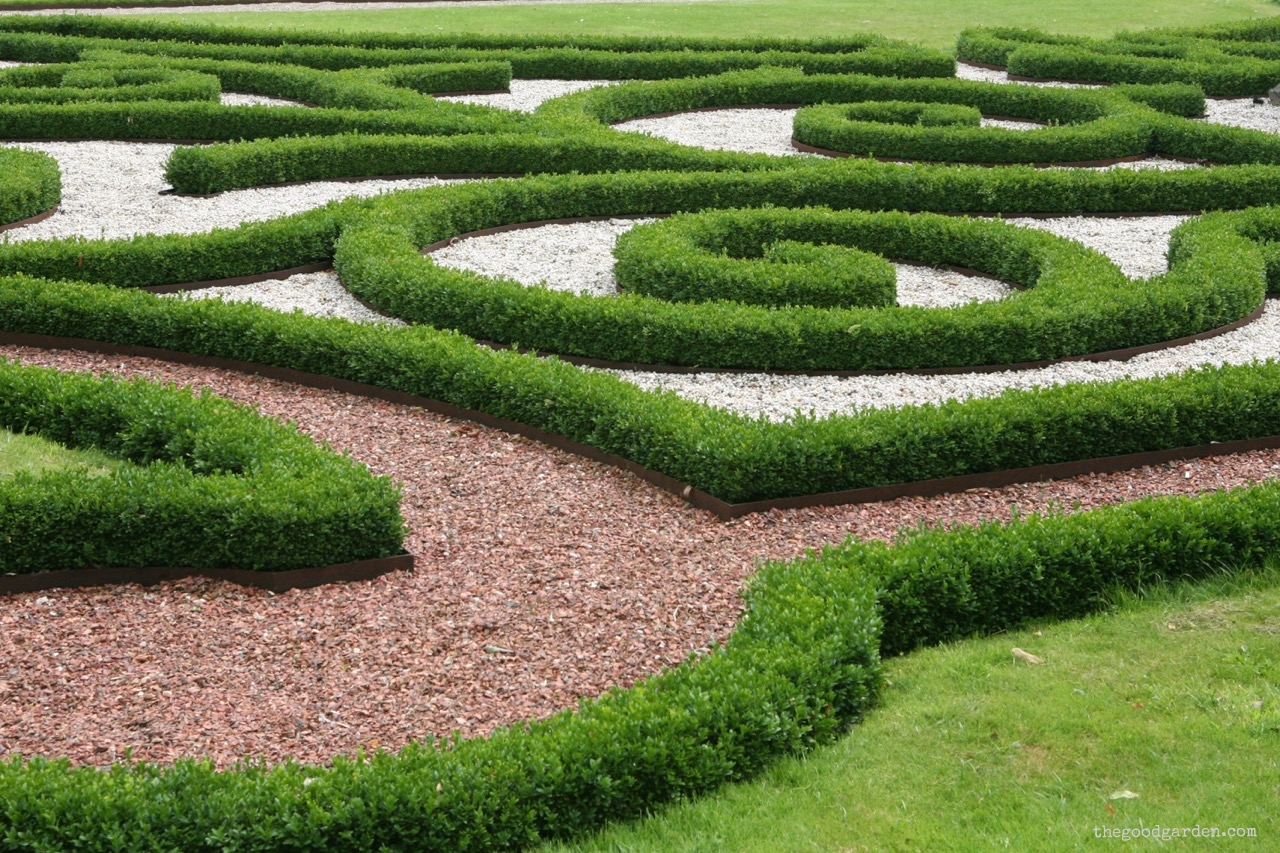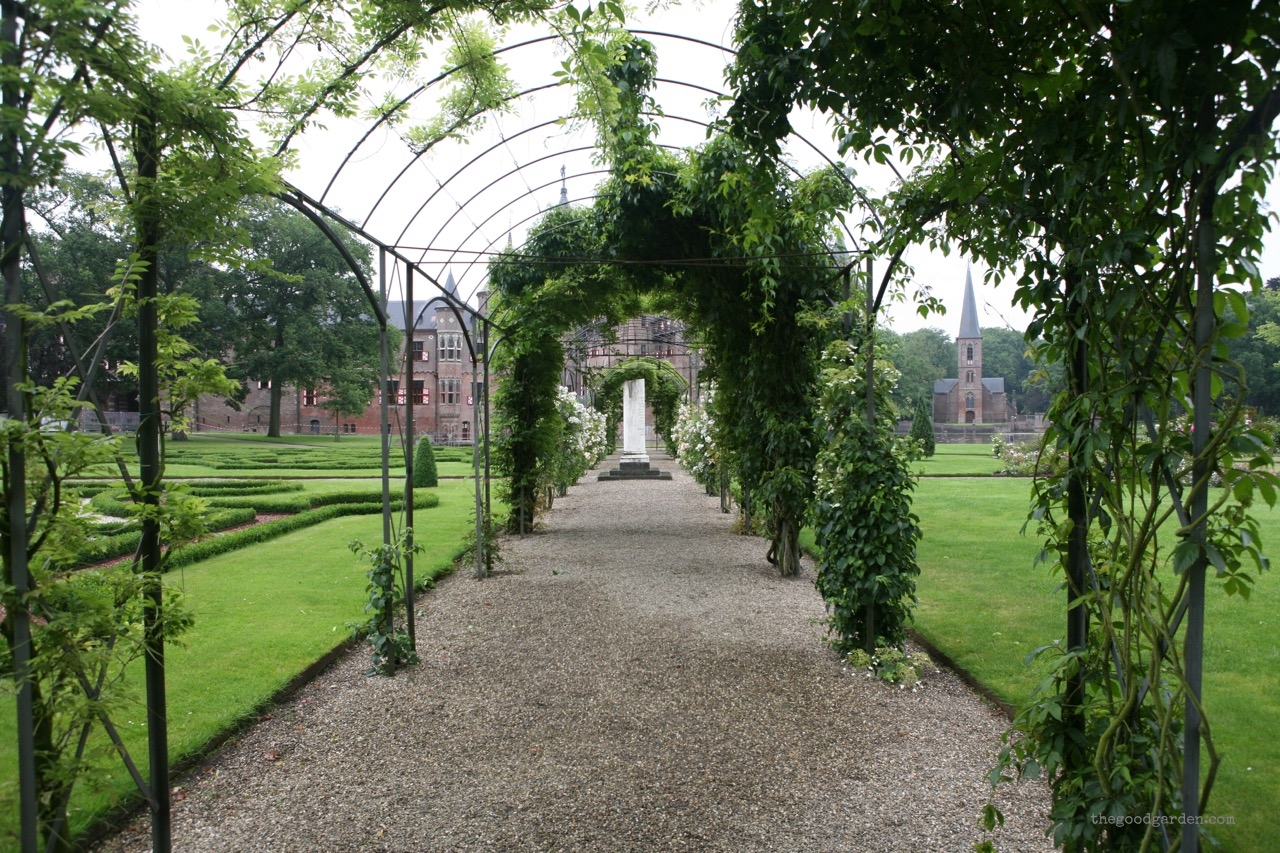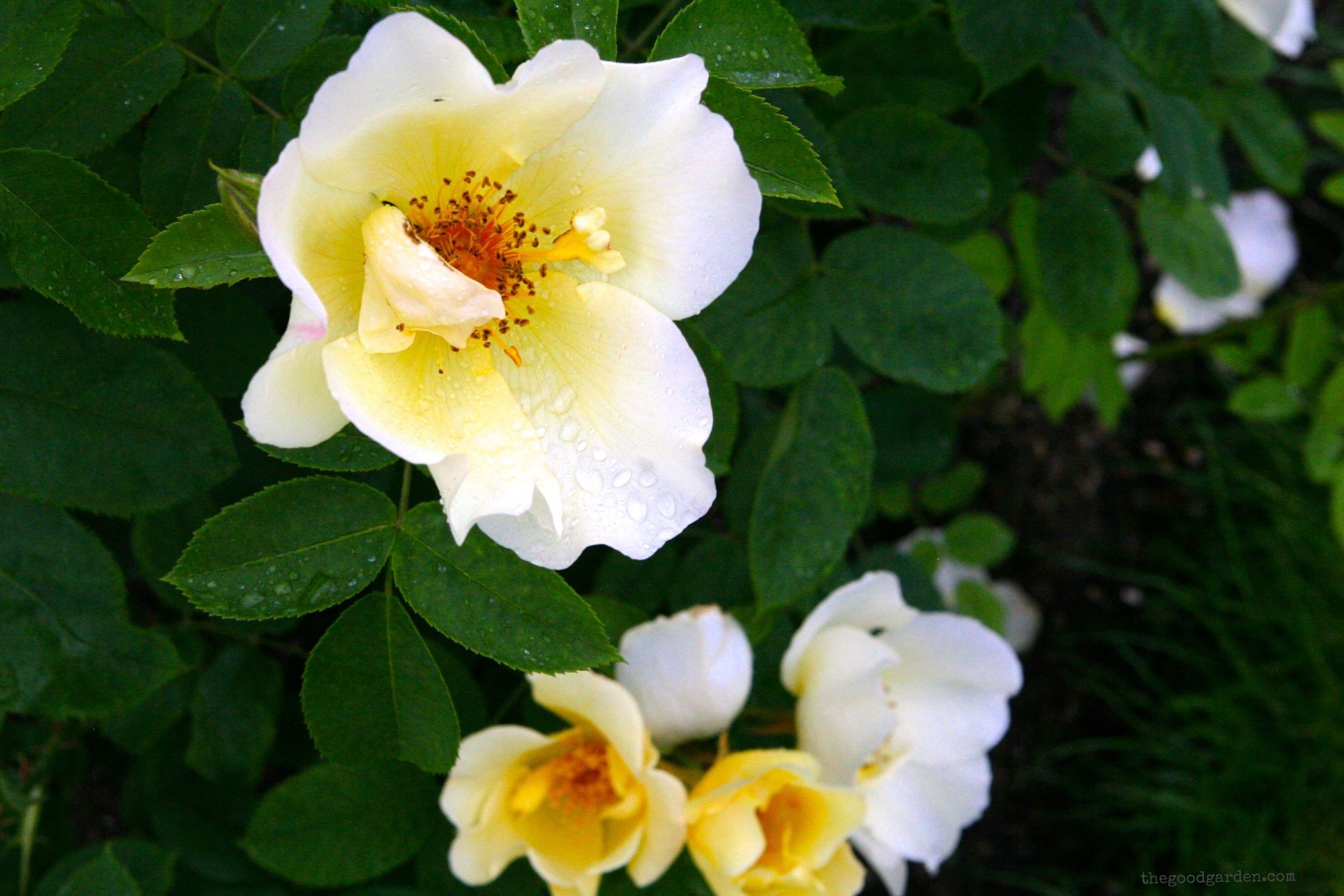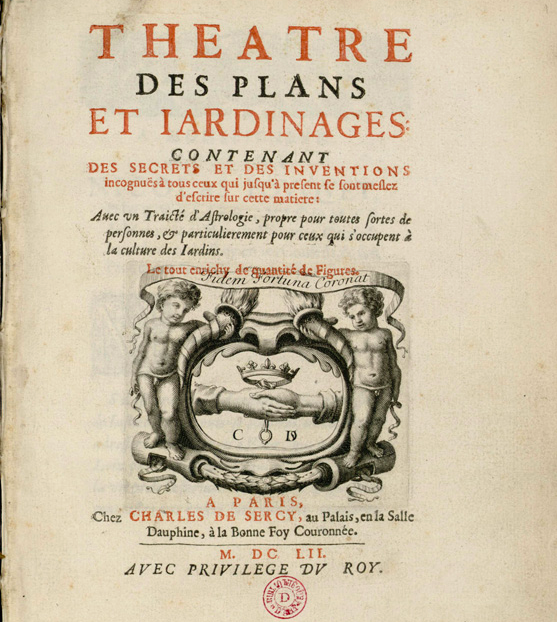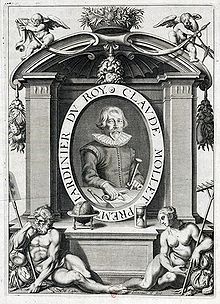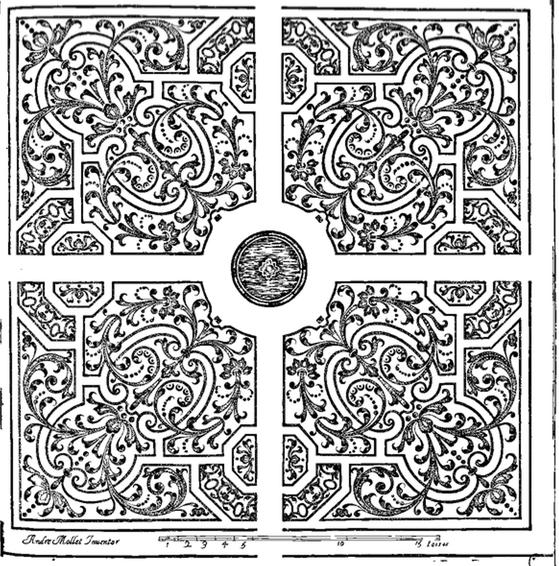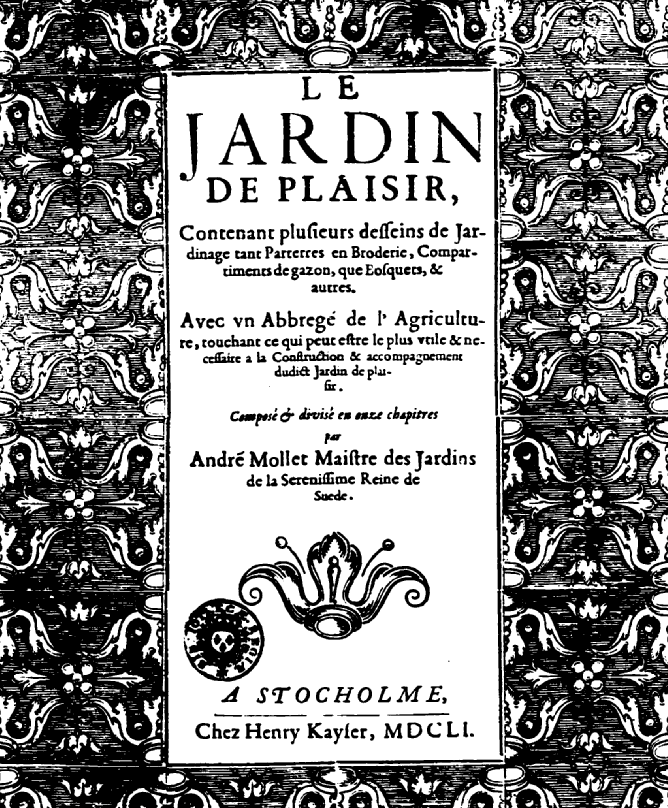The December overnight flight to London was uneventful. On my way to the Manor, we passed through the English countryside towns of Farnborough and Basingstoke, then finally through a narrow country lane with tall hedgerows on either side...
Read MoreGrand entrance
Rio de Janeiro is one of the most beautiful cities in the world, with a great music and restaurant scene set amongst stunning beaches, dramatic rock formations, and lagoons. Whenever I am asked for advice on what to do in Rio, I direct people to the Jardim Botanico, one of the oldest and most elegant botanical gardens in the world.
View of Rio de Janeiro from Corcovado. The Jardim Botanico lies at the base of this mountain.
During one visit to Rio my colleagues and I had a couple of free hours at the end of our conference. I rushed everyone into a cab and headed to the base of the Corcovado mountain-- where the gardens are. On the late afternoon of our visit, the traffic was heavy and the Jardim Botanico was closing when we arrived. Explaining our long journey, and sincere pleading, got us in. We were the only people in the whole place!
The garden was established in 1808 and opened to the public in 1822 at a time when Brazil was still part of Portugal under the rule of King John VI. The garden was created so that people could study the practical properties of tropical plants—to extend research going on in Lisbon.
Initial work focused on spices like cinnamon, pepper, and nutmeg, so that these crops could be grown for profit. In the early years, Chinese experts were brought in to teach the Portuguese how to cultivate, harvest and process black tea.
Historically the study of plants was closely tied to medicine so it’s no surprise that the first to lead the institution was Friar Leandro, a professor of the Academy of Medicine and Surgery. His passion for teaching botany in a practical manner made him famous. According to the garden’s official website, “The chroniclers of the time told in detail the scene of the friar teaching lessons … where, along with the students, many curious passers, [would] watch his practical lessons in botany. …Friar Leandro … aimed at passing his knowledge on natural history to all those who showed interest.”
Post card circa 1856. Likely author P. G. Bertichem. Source: Rio.com
While a majority of the garden is natural, cultivated areas include an orchid house, a lily pond, and a Japanese garden. Most striking is the formal allee that starts at the main entrance. While this type of feature in European formal gardens commonly uses hornbeam or Cyprus, this garden instead uses 100-foot tall imperial palms. This feature is a show stopper: the repetition and form of the 100-foot tall trees amplify the perspective both outward and upward; the rigid formality contrasts powerfully in the context of a wild garden. The two axes that form the heart of this section lead to a monumental cast iron fountain called “The Muses,” cast in Derby, UK and installed in 1895. In the classic technique of ‘borrowing a view,’ the main avenue frames a glimpse of the Christ statue for which Rio is so well known. This entrance garden serves as an invitation: it slows us down; it helps us to make the transition from the busy city; and its key elements orient us, directing us deeper into the landscape.
In 1992, UNESCO named the Rio Botanical Garden a biosphere reserve.
The garden is officially open every day until 5pm except for Christmas and New Year’s day.
Map of the garden shows the formal axes in the center.
John VI ruled Portugal when the Jardim Botanico in Rio was created. It was established as part of a program to discover and commercialize tropical plants. Photo Source: Britannica
Of castles and gardens
Looking for a formal garden element to add history to your castle? You might want to consider a parterre broderie. ‘Parterre’ refers to a flat garden divided into planting beds, and ‘broderie’ means embroidery, referring to a lace-like design. This style combines symmetrical patterns of flowing lines and punctuation. To me these designs have a musical feel. Especially fun to see from above, just let your eye trace the patterns and appreciate the precision of the complex curves and symmetry. These gardens can be framed in box or just be elaborately edged with turf grass. The key is the contrast between the plant material and an earth or gravel base that lets the pattern pop.
This interest in creating contrasting surfaces and textures dates from the late 1500’s and was refined by the Mollet family of French royal gardeners. Claude Mollet provided patterns for parterre gardens in his 1612 book Theatre des Plans et Jardinages and his son Andre Mollet reinforced the importance of the broderie garden in his 1651 book Le Jardin de Plaisir, “The pleasure garden.” In it he explains that the broderie garden should be placed at the rear of the house, close enough to be seen from windows above.
We can see famous examples from the 1700’s at the Chateau de Versailles, Het Loo Palace, and Hampton Court. The broderie garden remained popular until the picturesque style took over. In recent times, broderie gardens have been incorporated by designers seeking to add a formal touch or to give a garden a sense of history.
The parterre broderie from above. Found on viajerosdelmisterio.es.
The beautiful example above was installed recently, around 1900, at Castle de Haar. The castle dates from 1390 and its function as a fortress can still be seen in the surrounding moat. By the 1800’s the castle had passed through several families and fallen into ruin. Around 1890, a new heir to the castle, Etienne van Zuylen, married Helene de Rothschild. Helene’s family financed a complete restoration for the couple (despite dis-inheriting her for marrying a Roman Catholic). Two-hundred rooms and 30 bathrooms were renovated and a modern kitchen and electrical system were installed. The project took over 20 years!
For the garden they selected designer Hendrik Copijn who installed an English picturesque park. Not wanting to wait to see the full effect of the design, he shipped in over 7,000 mature trees. Close to the castle, formal gardens were installed in the style suggested by Andre Mollet’s 1651 text. This style is more appropriate to the architecture of the castle and grounds.
Castle de Haar is located outside of the wonderful medieval Dutch town of Utrecht. Utrecht’s canaled center city area is full of lively restaurants, a weekly farmers market, and of course a cloister garden. Don’t forget to visit the music box museum which offers a tour where many of the pieces are played. A real treat. You’ll need a car to get to the castle, but driving through the beautiful countryside is worth it. Because of the location of the visitor’s center, you’ll enter the garden from the rear so the broderie and the rose gardens are the first you’ll see. Don’t miss the walking paths through the picturesque woodland. Views of the castle framed by the pond are just perfect.
Garden architect, Hendrik Copijn (1842-1923). Source unknown.

